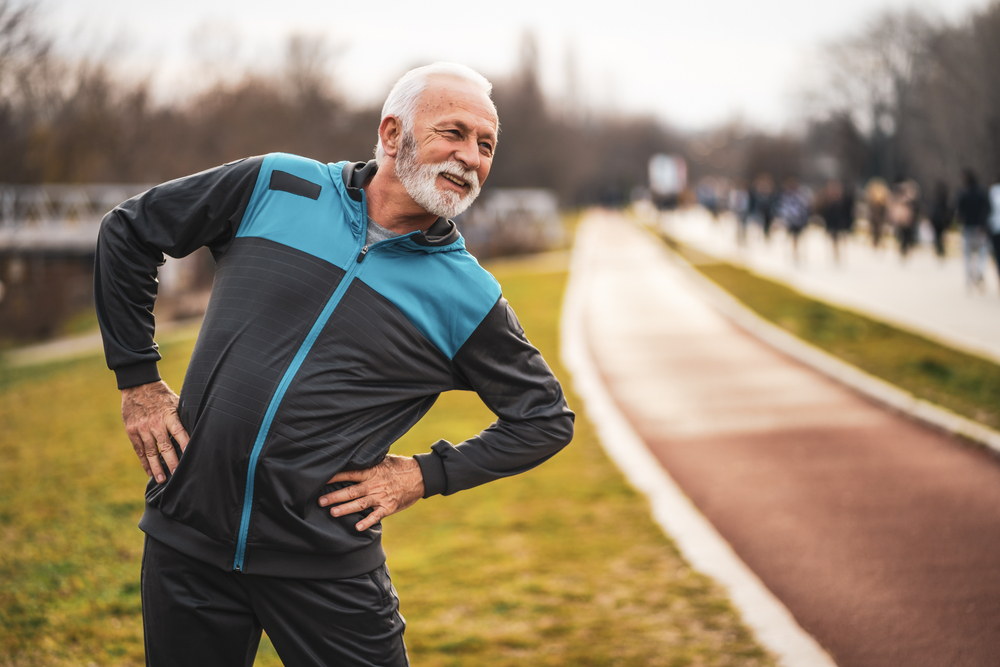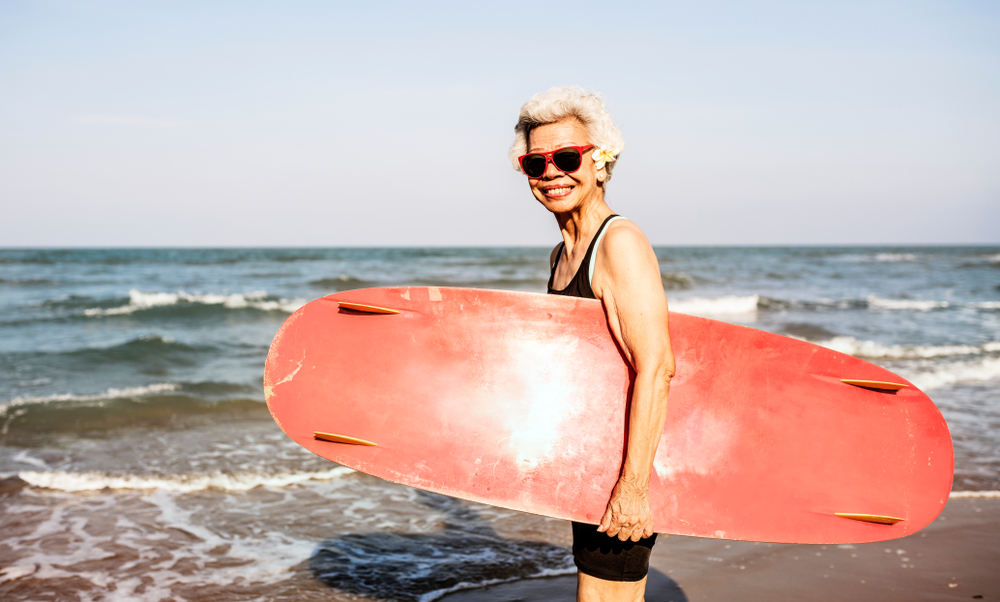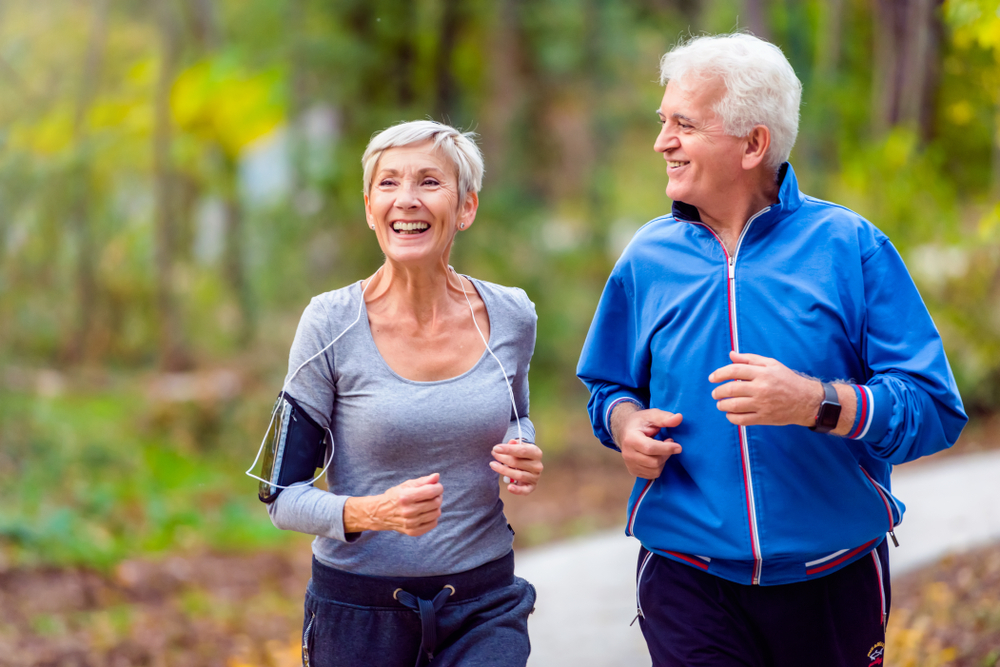Regular physical activity is crucial for maintaining health and vitality, especially as we age. Engaging in exercise can improve strength, flexibility, balance, and cardiovascular health. It can also boost mental well-being, enhance mood, and reduce the risk of chronic diseases. This article will explore various forms of exercise suitable for different fitness levels, discuss the benefits of staying active, and provide tips for safely incorporating more movement into daily life.

Understanding the Benefits of Exercise for Older Adults
Exercise for older adults can lead to numerous health benefits, including:
- Improved muscle strength and bone density, reducing the risk of falls and osteoporosis.
- Enhanced cardiovascular health, lowering the risk of heart disease and stroke.
- Better cognitive function and reduced risk of dementia.
- Increased flexibility and balance.
- Enhanced mood and mental health, reducing symptoms of anxiety and depression.
Forms of Exercise for Older Adults
- Aerobic Exercise: Activities like walking, swimming, and cycling improve cardiovascular health and endurance. Aim for at least 150 minutes of moderate aerobic activity per week.
- Strength Training: Using weights or resistance bands helps maintain muscle mass and strength. Strength training should be done at least twice a week.
- Balance and Flexibility Exercises: Yoga and tai chi improve balance and flexibility, reducing the risk of falls.
- Water Aerobics: This low-impact form of exercise is ideal for those with joint pain or mobility issues.

Tips for Incorporating Exercise into Daily Life
- Consult with a Healthcare Provider: Before starting any new exercise regimen, especially if you have existing health concerns.
- Start Slowly: Begin with low-impact exercises and gradually increase intensity and duration.
- Find Enjoyable Activities: Choose exercises you enjoy to ensure consistency and make it a part of your routine.
- Stay Safe: Wear appropriate footwear, stay hydrated, and avoid extreme weather conditions.
- Join a Group: Participating in group classes or activities can provide a social aspect to exercising, making it more enjoyable.
- Listen to Your Body: Pay attention to your body’s signals and avoid overexertion.

Staying active in later years is essential for maintaining physical and mental health. With a variety of exercises to choose from, older adults can find activities that suit their preferences and physical capabilities. By incorporating regular physical activity into your routine, you can enjoy a higher quality of life and independence.
Up Next
In our upcoming article, we’ll dive into the benefits of krill oil, a supplement gaining popularity for its potential health benefits. We’ll explore how krill oil differs from traditional fish oil, its impact on heart health, joint pain, and cognitive function, and who might benefit most from incorporating it into their wellness routine. Join us as we uncover the unique advantages of krill oil in supporting overall health and well-being.

